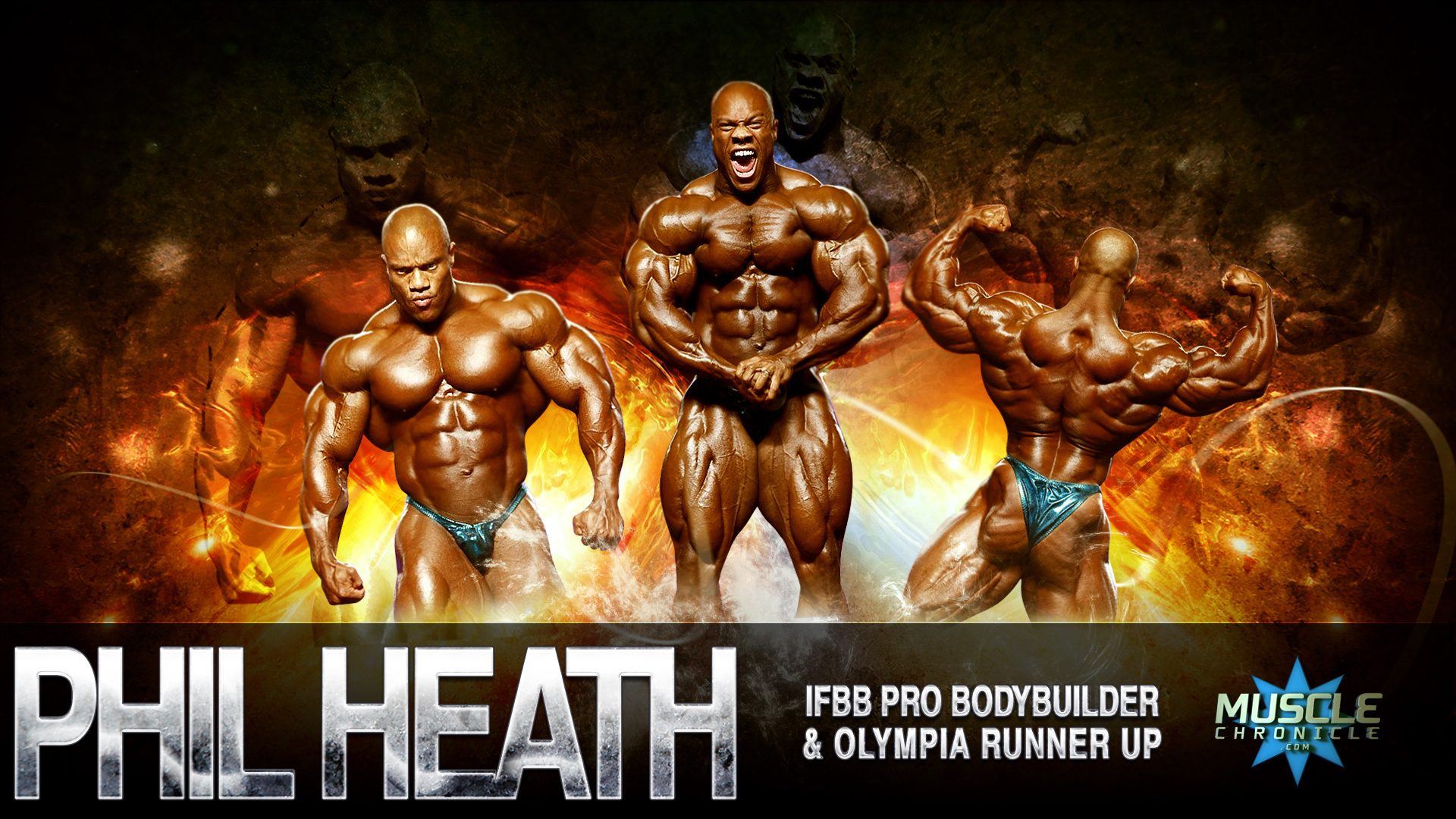Introduction
Step into the universe of Pilates, a groundbreaking practice that weds the smoothness of development with the accuracy of procedure. Beginning from the creative brain of Joseph Pilates in the mid twentieth century, Pilates has developed into an all-encompassing way to deal with wellness, zeroing in on six center rules that guide experts towards strength, adaptability, and equilibrium. These standards structure the groundwork of each and every Pilates meeting, winding around brain and body to develop an agreeable association. Go along with me on an excursion as we investigate these standards: Focusing, Fixation, Control, Accuracy, Breath, and Stream. Every guideline holds the way to opening the significant advantages of Pilates, welcoming you to find a recently discovered feeling of imperativeness and prosperity.
What are the six principles of Pilates in order?
Joseph Pilates didn't specify these; however, ensuing educators have enunciated them as an instructing help. Here are the 6 regularly acknowledged standards: focus, control, focus (your center), ease (some say stream or effectiveness of development), accuracy, and relaxing.
What are the different types of Pilates?
The 7 Types of Pilates Methods
classical Pilates by Joseph Pilates. Classical Pilates, or Contrology, incorporates mat and apparatus work.
Clinical Pilates. Clinical Pilates is performed by a qualified physiotherapist.
Contemporary Pilates.
Mat Pilates.
Reformer Pilates.
Stott Pilates.
Winsor Pilates.
What are the six principles of Pilates breathing fluidity, precision control, concentration, and centering?
Pilates Standards: Focusing, Fixation, Control, Accuracy, Breath, and Stream. For the majority, these six standards are the underpinning of the Pilates way to deal with workout. Their application to the Pilates strategy for practice is essential for what makes it remarkable in the wellness world.
What is the biggest concept in Pilates?
Breathing
Breathing. Pilates accepted that breathing is the main piece of activity and that individuals ought to get familiar with the specialty of profound relaxing. Fill your lungs until they feel full and afterward breathe out all the air back out, and that assists you with zeroing in on the activity and pushes the blood to your muscles
What are the 4 S's of Pilates?
Pilates is a utilitarian type of wellness that expects to upgrade portability by coordinating and working the four S's: Strength, Endurance, Stretch, and Dependability. Incidentally, every Pilates practice integrates these functioning focuses
What is the 3 2 1 Pilates Method?
The 3-2-1 represents three days of solidarity preparing, two days of Pilates, and one day devoted toward your cardio work," Fisher expressed. While the standard means you should resolve six days every week, the substance maker asserts that the strategy is more sensible than most.
What is an ABC in Pilates?
Georgie's Pilates ABC: Arrangement, Breathing, and Center
Which kind of Pilates is best?
Reformer Pilates adds obstruction through a reformer machine. This can assist with further developing stances and coordination. Reformer Pilates is one of the most well-known types of Pilates, and individuals ordinarily picture it when somebody specifies the exercise.
What are the stages of Pilates?
Joseph Pilates didn't show levels, he instructed individuals. The division of the technique into fundamental, moderate, and advanced is later and somewhat fake, however, this shouldn't imply that it's not helpful.
What is CP control in Pilates?
CP Control will shape and tone your legs and glutes as you become familiar with a totally different approach to integrating Pilates standards standing up. RESTORE. Experience the advantages of froth rolling and myofascial discharge in this stand-out class demonstrated to diminish muscle irritation, increment execution, and decrease the risk of injury.
What are the 6 principles of exercise training with their definition?
Whether you're a competitor, a wellness devotee, or a wellbeing cognizant individual, it's fundamental to comprehend the physiological standards of wellness preparation that underlie powerful preparation. These standards incorporate explicitness, moderate over-burden, reversibility, flexibility, distinction, and recuperation time.
Which of the five components of fitness is Pilates?
Flexibility. Adaptability portrays the capacity to move joints through a full scope of movement without inconvenience or chance of injury. Activities or schedules that advance adaptability incorporate yoga, Pilates, dynamic extending, and static extending. These ought to be incorporated into your day-to-day practice for the best outcomes.
What is the secret to Pilates?
The secret is in the transitions
Yet the stream may be the mystery ingredient that makes Pilates so unique. And keeping in mind that this stream and simplicity of development assists one with moving effortlessly through life and working on athletic and actual execution, it can likewise significantly affect injury avoidance.





.png)



.png)
.png)
.png)
.png)




.png)



0 Comments